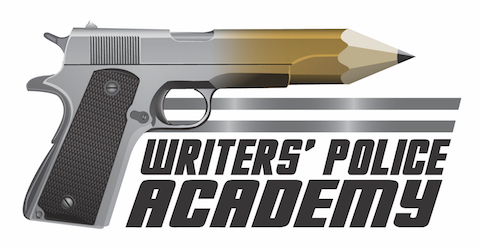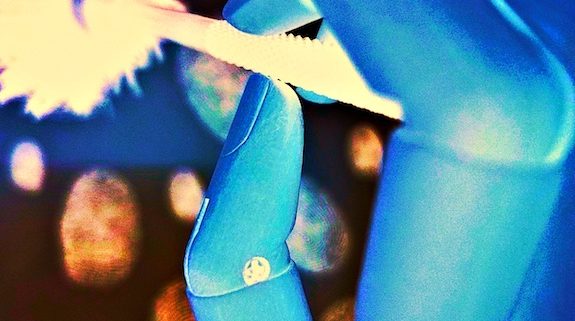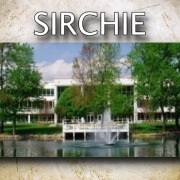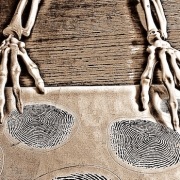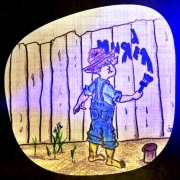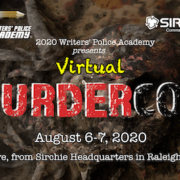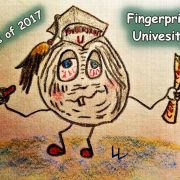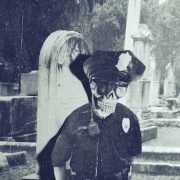Fingerprinting: A Journey From J-N
Especially for you, a J-N guide to fingerprinting … and more.
J.
JFI – Journal of Forensic Identification.
JFS – Journal of Forensic Sciences.
Joint – Hinged area where two bones are joined together.
K.
Keratinocyte – The major cell found in the epidermis.
Keratins – Highly insoluble fibrous proteins found in skin-related structures such as hair, wool, hooves and horns, claws, beaks, and even feathers.
L.
Latent Print – Friction ridge detail (fingerprint) that is not readily seen by the naked eye.

Law of Biological Uniqueness– Scientific Law stating that all items in nature are unique.
Leuco Rhodamine 6G – Reagent that reacts with the heme moiety of the hemoglobin of red cells in blood. It’s used to enhance and visualize fingerprints left in blood.
Leucocrystal Violet – A colorless form of gentian violet used to stain blood residue on both porous and nonporous items.
Lift– An adhesive or other vehicle used to transfer a friction ridge imprint (a fingerprint) from a surface.
Lights Out – Computer process where the AFIS computer automatically obtains friction skin features, searches the AFIS system, and presents an identification or exclusion based on a predermined score. No human is involved in this process.
Liquid Nitrogen – In its liquid state (-195 degree C), liquid nitrogen is ideal for the separation of adhesive surfaces.
Liqui-drox – A fluorescent yellow solution used to develop prints on both sides of dark-colored adhesive tapes.
Locard’s Principle of Exchange – Edmond Locard’s Principle of Exchange states that when any two objects come into contact, there is always transference of material from each object onto the other. (People entering a crime scene both leave and take away evidence, in some form).
Loupe – A small magnifying glass used in the identification and comparison of fingerprints.
Luminol – Chemical that glows with a bluish tint when it comes into contact with blood. it can detect blood at 1 part per million. It’s so sensitive, in fact, that one drop of blood within a container of 999,999 drops of water, will cause luminol to glow.
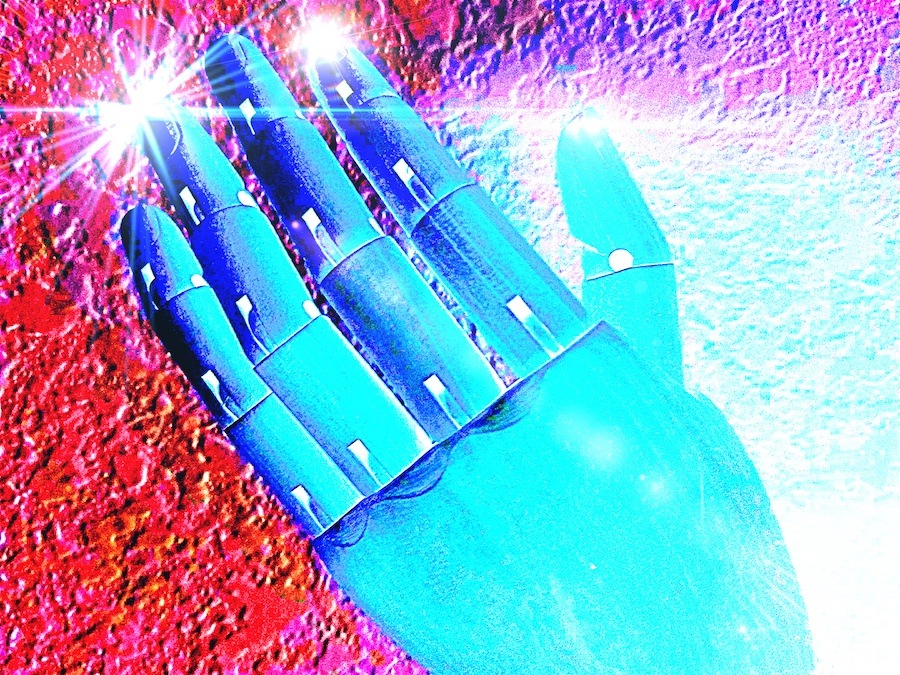
M.
MC’s – Major Case Prints.
MMD – Multimetal Deposition, a two step process using a colloidal gold and a physical developer solution to enhance latent prints.
5-MTN – Methylthioninhydrin, a reagent that reacts with amino acids to develop prints on porous items.
Medial Interphalangeal Flexion Crease – The middle crease on a finger.
Metacarpo-phalangeal Crease – Creases where the fingers meet the palm.
Microburst Method – Developed by the FBI, this method of developing prints is designed to expose a nonporous item to a large amount of Cyanoacrylate (Superglue) fumes for a small amount of time. The Superglue is positioned into a chamber heated to temperatures above 300 degrees. The item to be printed is then placed in the chamber for 30-45 seconds.
Minutiae – Small details.
Molybdenum Disulfide – Chemical used to prepare Small Particle Reagent (SPR). SPR is a means to develop latent fingermarks on wet, non-porous surfaces such as glass, plastic, metals and even the sticky sides of tape.
N.
NCFS – National Commission on Forensic Science.
NCIC – National Crime Information Center. To learn more about NCIC, click here.
NFB – National Fingerprint Board of England and Wales.
NV – Abbreviation for “No Value,” meaning a print has no value for identification purposes.

Stay tuned for exciting Writers’ Police Academy news. In the meantime, space is available so please hurry. Sign up today. This year is absolutely incredible!!
